Celebrating the cycles of light and dark with Joan Didion, Danez Smith and more...

The complete circle of being is replicated through many facets of our lives. Dr Clarrisa Pinkola Estés writes about the Life/Death/Life cycle in women’s lives in her iconic work The Women Who Run With The Wolves, Zen Buddhist monk Thich Nhat Hanh describes about how suffering can transform into growth in No Mud, No Lotus, even the Golden Syrup tin is emblazoned with Samson’s arguably unsolvable riddle: “out of the strong came forth sweetness”. At this calendrical tipping point – from one year into the next – we are caught in a place between cycles, out of the loop almost, neither beginning nor end – but both.
While we’re on the subject of new beginnings: a quick preamble. This is the first The Spring newsletter. Every month, we hope to gather a few works of writing, artwork, music or philosophy that have inspired a little wellspring in us. Just a short dip into a refreshing pool of ideas that help us make sense of things, inspire us to live better, or nourish something good in our souls. And so to this month…
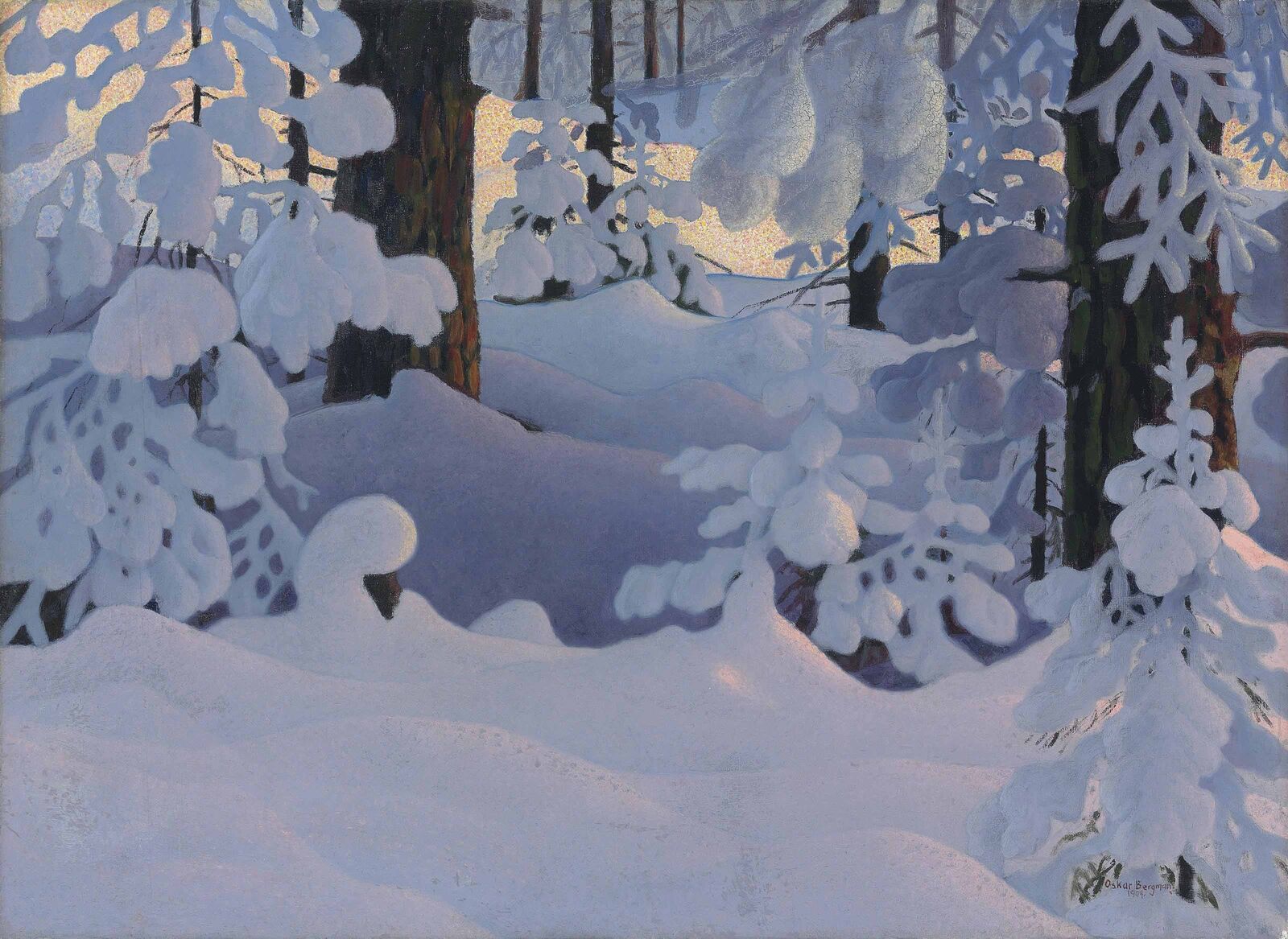
Here in Sweden, the dark and cold of January can feel torpid and solitary. In pre-pandemic days, many Swedes would whisk themselves away to Bali, Australia or Thailand to escape the gloom. But this month, with most of us staying put whether we want to or not, I’ve been drawn to work that celebrates the light and dark as a whole, vital spectrum. These works, quotes and ideas, for me, help to celebrate the elemental bittersweetness of the world we inhabit, and the importance of shifting seasons.
Back to Clarrisa Pinkola Estés:
“May the opening from the old year to the new year be just the right size – to allow through what is most precious to you dear one, what lasts – and to scrape off what has to be let go.”
Beloved Joan Didion, who passed away last month, has written some of the most touching and sensitive words on evolving, growth and grief. She was, undoubtedly, one of the finest writers to grace our planet. I thought it fitting to think back to her transformative work The Year of Magical Thinking, written after the sudden death of her husband, and while caring for their adult daughter through an illness. Didion helps us see how looking with frankness at the reality of our existence – without the comforting illusion of expectation or pretence – may well be difficult and painful, but with it, a more brilliant, more awakened life can emerge.
“We are imperfect mortal beings, aware of that mortality even as we push it away, failed by our very complication, so wired that when we mourn our losses we also mourn, for better or for worse, ourselves. As we were. As we are no longer. As we will one day not be at all.”
I heard Padraig O’Tuama read i’m going back to Minnesota where sadness makes sense, by Danez Smith on the Poetry Unbound podcast, and it was like being submerged in a wave of gorgeous, luscious understanding. The informality of the language in this poem sings against the starkness of the imagery. I couldn’t stop thinking about the line: “i know something that doesn’t die can’t be beautiful”. We can’t be in the sun all the time – metaphorically and literally – and it’s comforting to hear someone else say it, to reassure our hearts that they are not built only to be light and free, but also to weather pain, to break, to bend, and to mend. As our capacity for transformation and growth expands, so does our capacity to withstand life’s quotidian trials.
As O’Tuama says in the podcast:
“[What Smith] is not speaking about is devastation, is suffering, is systemic pain. This is not a poem that’s praising devastation. This is a poem that’s praising certain kinds of sadness that are part of the human condition, and I think that’s such an important recognition. And, in a certain sense, what’s being said is that we should all be in a situation where we can experience the kind of sadness that’s being praised here, a certain kind of exquisite sadness that can come with recognising: I’m part of the Earth that goes through changing cycles of seasons”
When you can stand on the frozen lake, when you can know you will die from the cold if you stay out too long, is when you can also appreciate the warmth and blessing of the sun.
i’m going back to Minnesota where sadness makes sense
o California, don’t you know the sun is only a god
if you learn to starve for her? i’m over the ocean
i stood at its lip, dressed in down, praying for snow.
i know, i’m strange, too much light makes me nervous
at least in this land where the trees always bear green.
i know something that doesn’t die can’t be beautiful.
have you ever stood on a frozen lake, California?
the sun above you, the snow & stalled sea—a field of mirror
all demanding to be the sun, everything around you
is light & it’s gorgeous & if you stay too long it will kill you.
it’s so sad, you know? you’re the only warm thing for miles
the only thing that can’t shine.
Listen on the Poetry Unbound podcast
When other life forms intercept Beethoven’s Cavatina on the gold phonograph attached to the Voyager spacecraft, it will be our best attempt to communicate the fullness of the human life cycle: all of our fragility, strength, and love.
The melody holds with the lightest grip all of our hope and vulnerability. It suffers a true weight, while a core belief searches for light within the unknowing future. A future that is currently speeding away from its home at 100,000 miles per hour.
Romantic composer Robert Schumann would describe this piece as “a grandeur which no words can express, on the extreme boundary of all that has hitherto been attained by human art and imagination”.
And one day, when the Voyager enters another solar system where life exists, will the Cavatina resonate with their experience of life the same way it does with ours? Will they look up at their starry night sky and wonder: is this life form still out there, still feeling all these feelings?

For the remainder of your January, we hope you find these spaces for lightness and darkness. In Sweden we will, along with many other Stockholmers, be standing and turning our faces up to the shafts of low sunlight when they appear in the daytime, and snuggling down with candles and card games while we wait for the next rays.
May you be well, happy, whole, and free.
T & B
~~~~~~
Invite your friends to subscribe!
![]() Unlikely meeting points & unlikely collaborations 🌗
Unlikely meeting points & unlikely collaborations 🌗![]() Sit in the middle of things 🧘♀️🪻
Sit in the middle of things 🧘♀️🪻![]() 5 things I learned at a Buddhist monastery
5 things I learned at a Buddhist monastery![]() 6 good things to do
6 good things to do![]() Extraordinary ordinariness: space orbits and sleeping dogs
Extraordinary ordinariness: space orbits and sleeping dogs![]() The ebb and flow of things
The ebb and flow of things![]() A short breath in the bardo
A short breath in the bardo![]() A slender cord of grace
A slender cord of grace![]() Artists reflect on water
Artists reflect on water![]() A love letter to a loaded gun
A love letter to a loaded gun![]() Are you for real?
Are you for real?![]() What is a good life?
What is a good life?![]() Who decides what you think?
Who decides what you think?![]() When new year should be according to history...
When new year should be according to history...![]() Does Mozart really make you smarter?
Does Mozart really make you smarter?![]() Old stories to find light in dark times
Old stories to find light in dark times![]() The human need to put things together
The human need to put things together![]() The power of trends: the good, the bad and the pumpkin-spiced.
The power of trends: the good, the bad and the pumpkin-spiced.![]() From terrestrial to celestial – where do we find inspiration?
From terrestrial to celestial – where do we find inspiration?![]() The illusion of ownership
The illusion of ownership![]() Let’s go down the rabbit hole 🐇
Let’s go down the rabbit hole 🐇![]() Identity, the artist, and #goblinmode
Identity, the artist, and #goblinmode![]() Punk and her godmothers
Punk and her godmothers![]() The ultimate journey – homecoming, heroes and wholeness.
The ultimate journey – homecoming, heroes and wholeness.![]() It’s mushroom month...
It’s mushroom month...![]() Robots, AI and artistry, oh my!
Robots, AI and artistry, oh my!![]() Longevity, love and memory...
Longevity, love and memory...![]() Summer, Freud and a sonnet...
Summer, Freud and a sonnet...![]() When surreal makes sense – exploring with Dorothea Tanning, Olga Tokaczuk and more...
When surreal makes sense – exploring with Dorothea Tanning, Olga Tokaczuk and more...![]() Twists and turns with Mary Oliver, Alan Watts and Astrid Lindgren...
Twists and turns with Mary Oliver, Alan Watts and Astrid Lindgren...![]() First flowers of spring: the need for beauty and hope at all times
First flowers of spring: the need for beauty and hope at all times![]() Defining reality, playing with illusion with Robert Frost, Hilma Af Kilnt and more...
Defining reality, playing with illusion with Robert Frost, Hilma Af Kilnt and more...![]() Celebrating the cycles of light and dark with Joan Didion, Danez Smith and more...
Celebrating the cycles of light and dark with Joan Didion, Danez Smith and more...
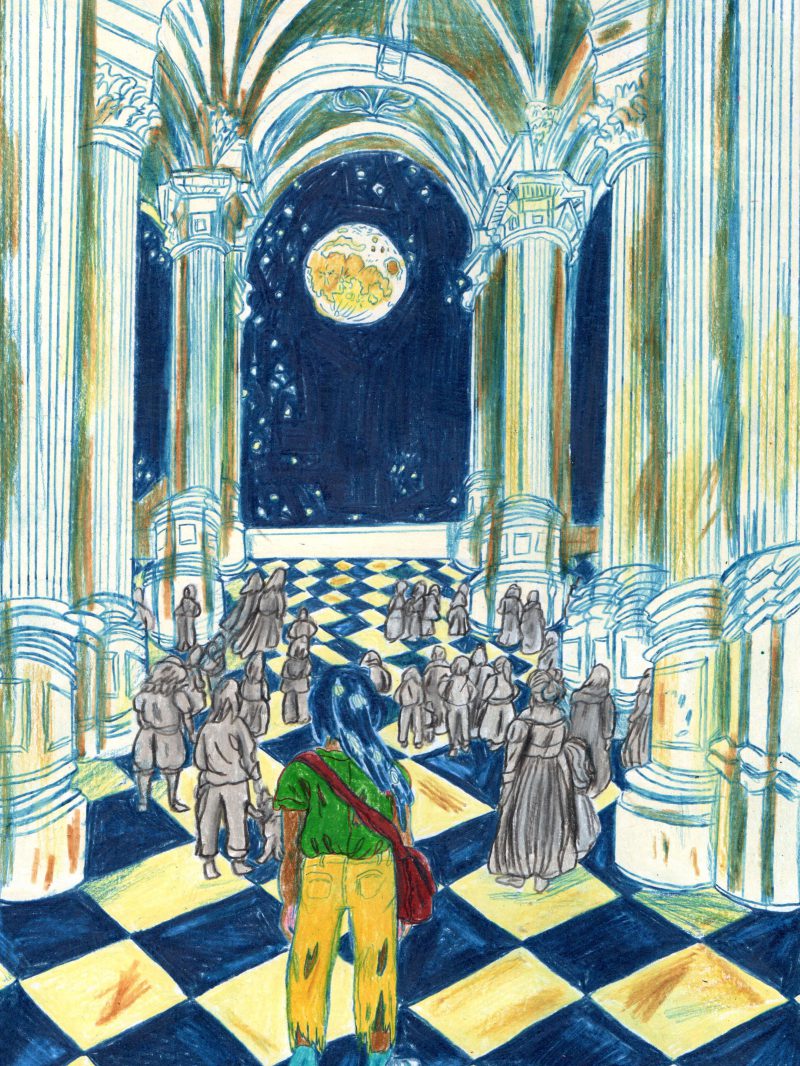 Unlikely meeting points & unlikely collaborations 🌗
Unlikely meeting points & unlikely collaborations 🌗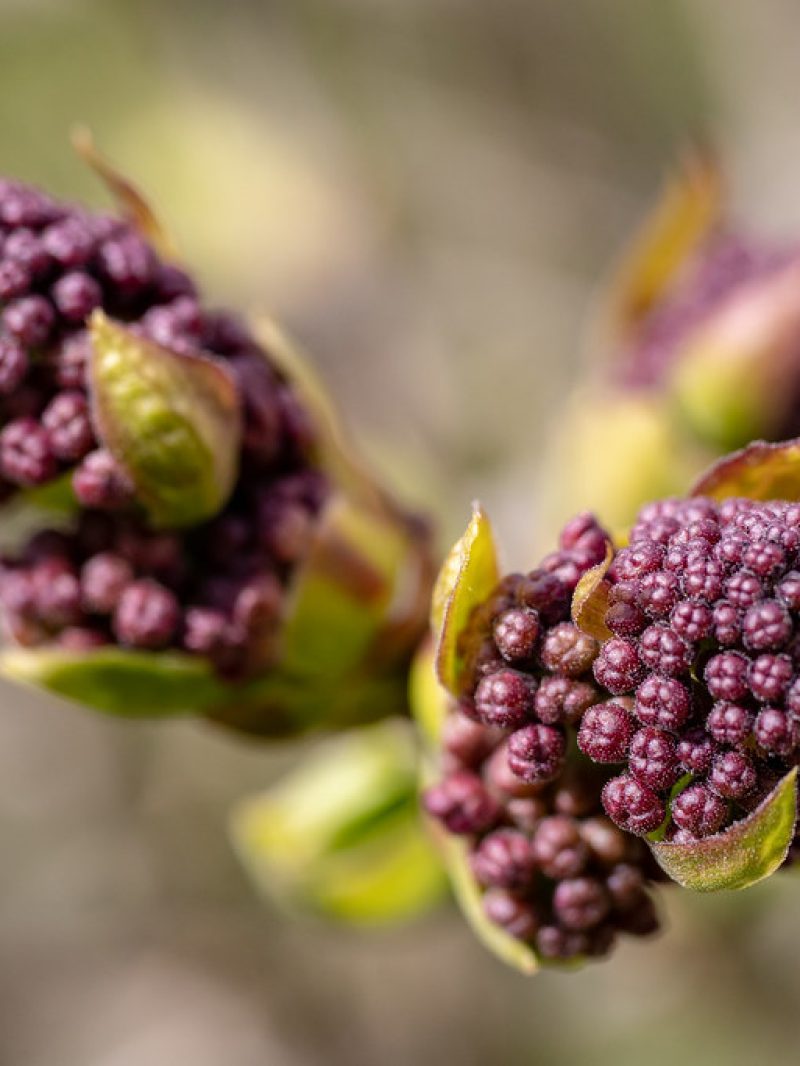 Sit in the middle of things 🧘♀️🪻
Sit in the middle of things 🧘♀️🪻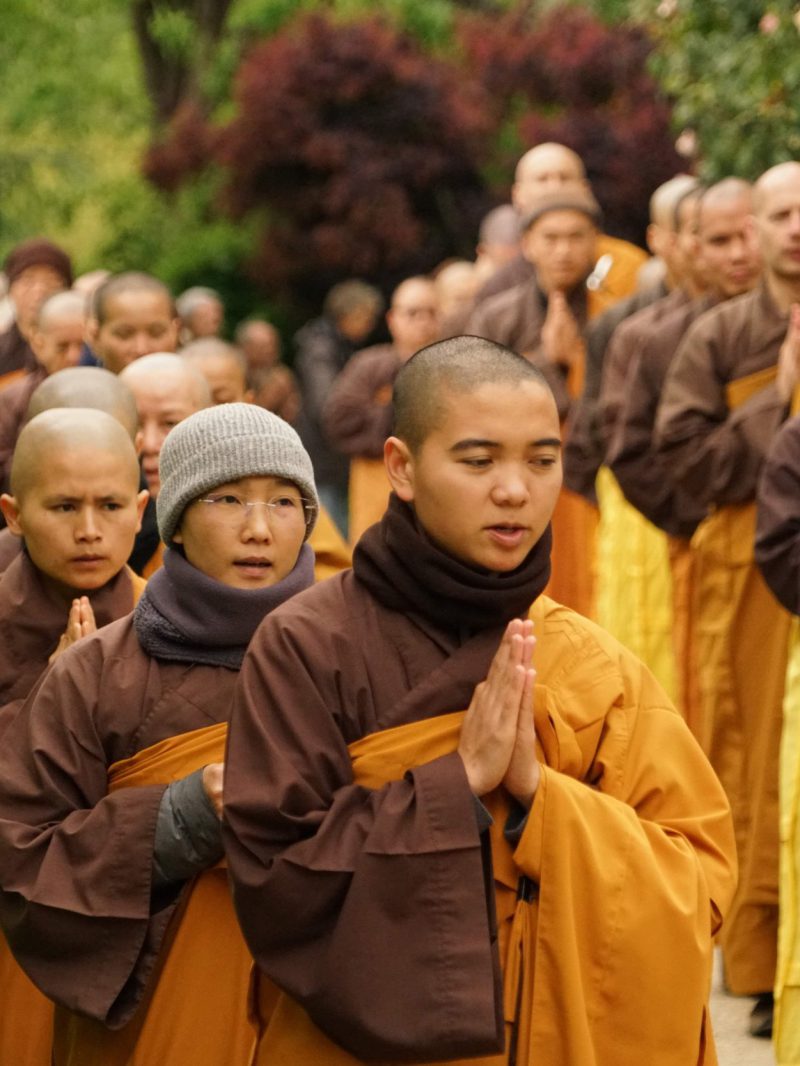 5 things I learned at a Buddhist monastery
5 things I learned at a Buddhist monastery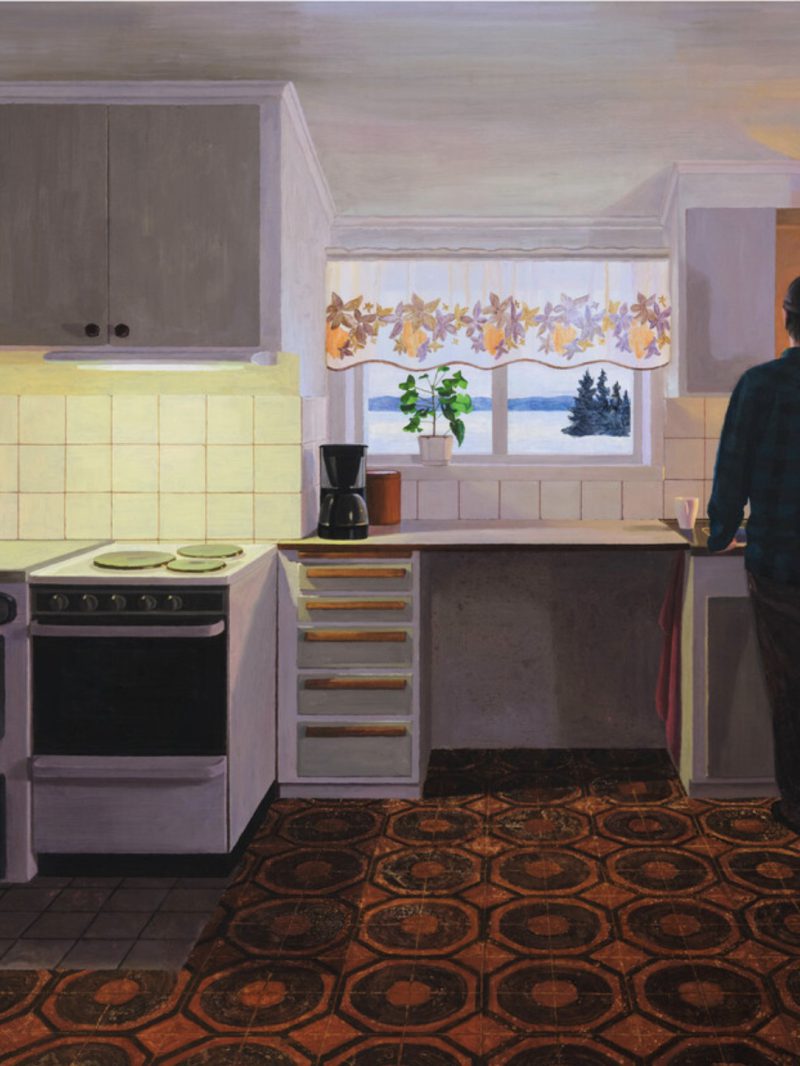 6 good things to do
6 good things to do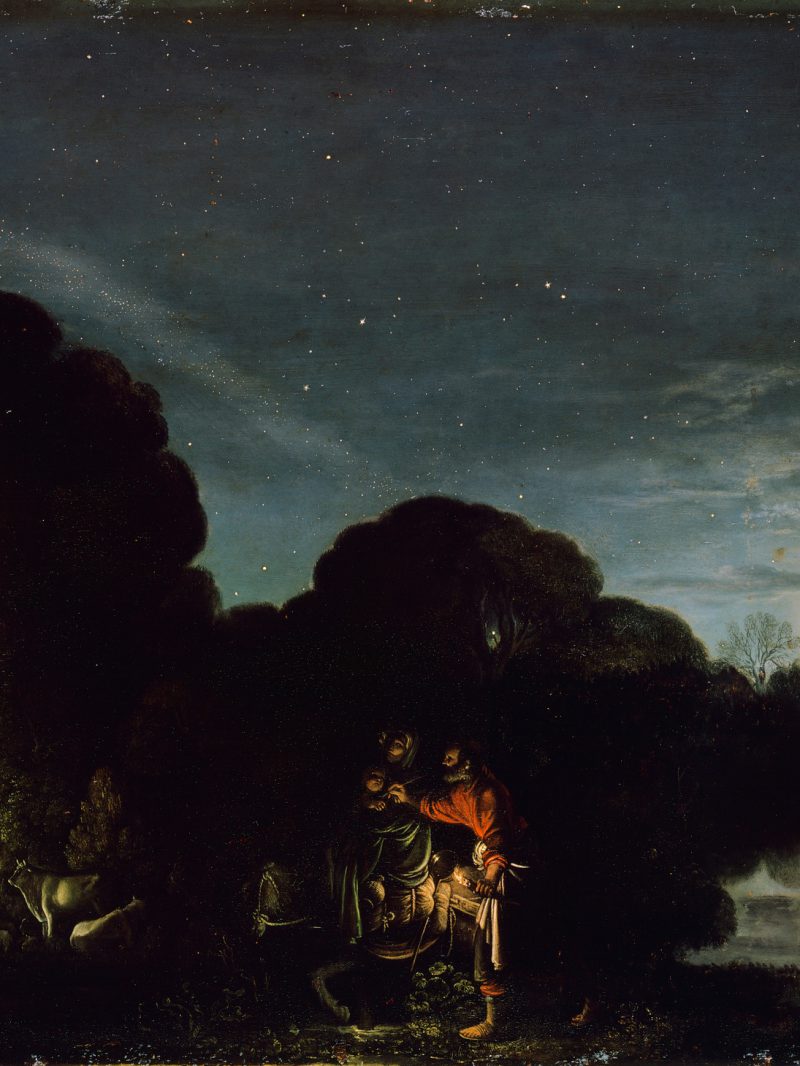 Extraordinary ordinariness: space orbits and sleeping dogs
Extraordinary ordinariness: space orbits and sleeping dogs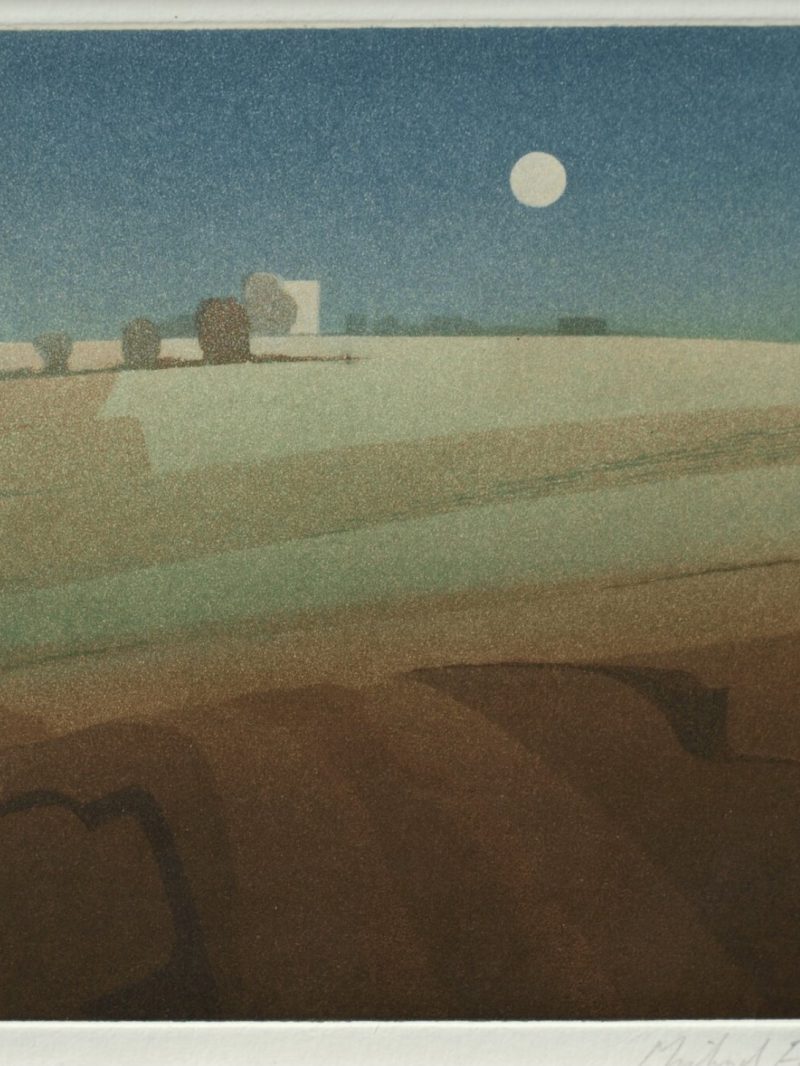 The ebb and flow of things
The ebb and flow of things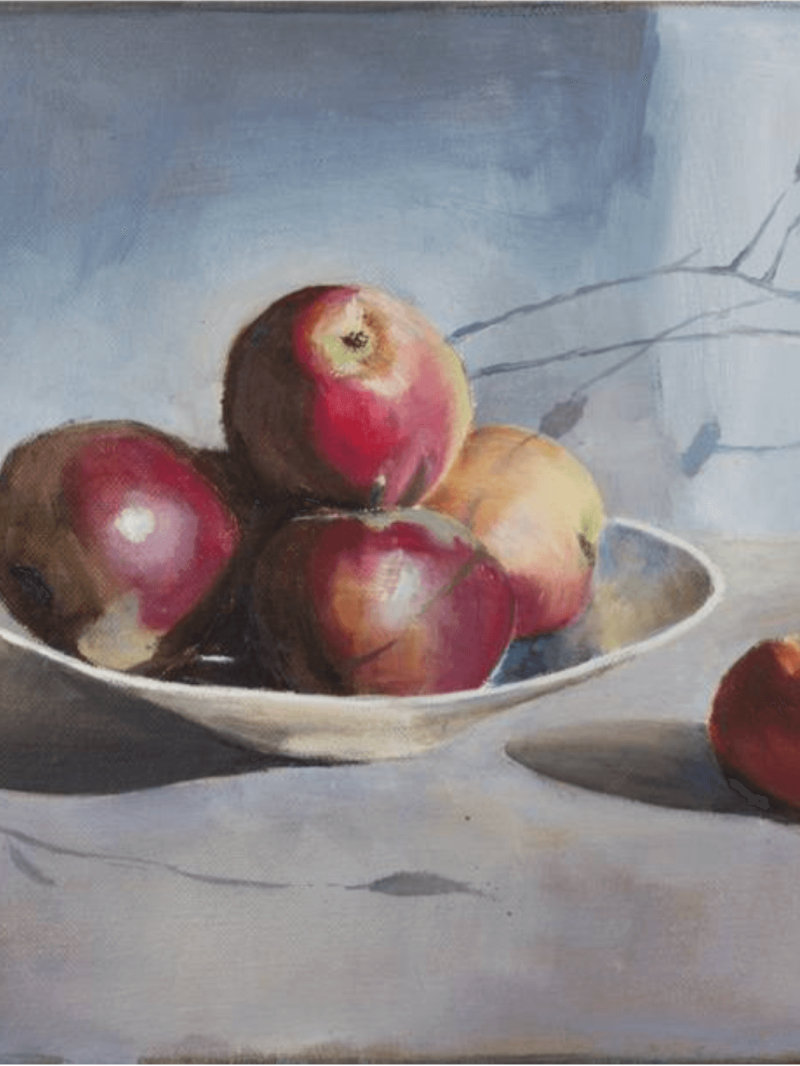 A short breath in the bardo
A short breath in the bardo A slender cord of grace
A slender cord of grace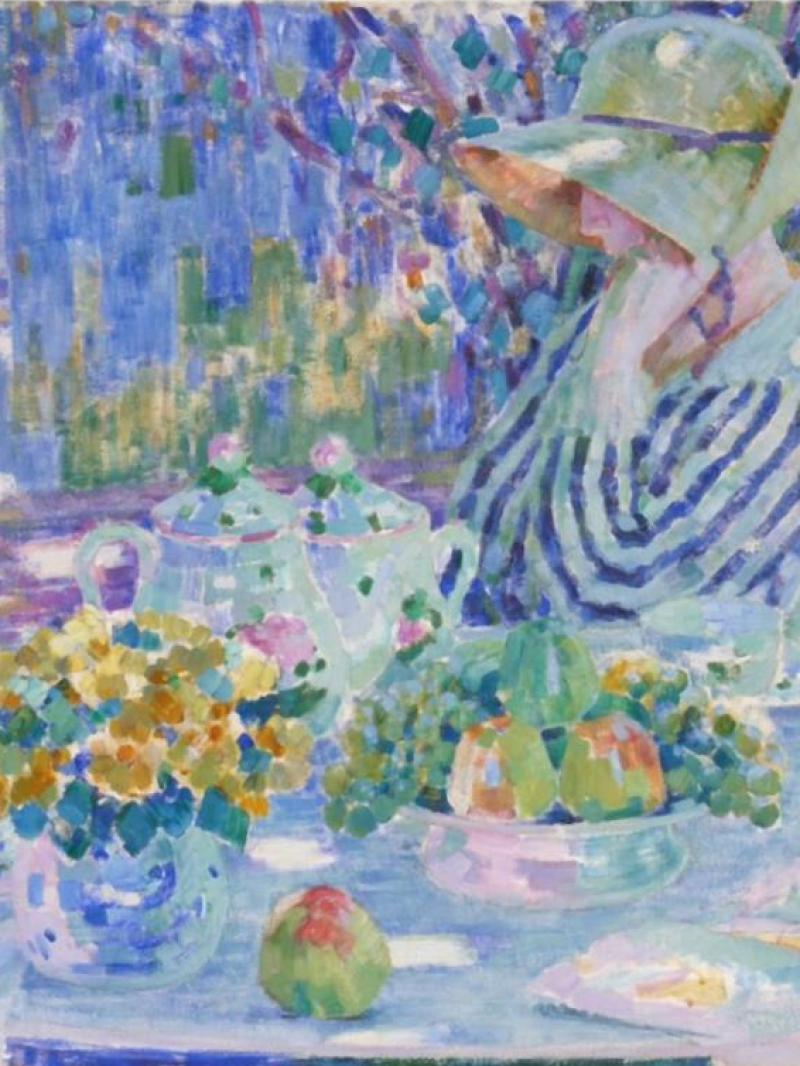 Artists reflect on water
Artists reflect on water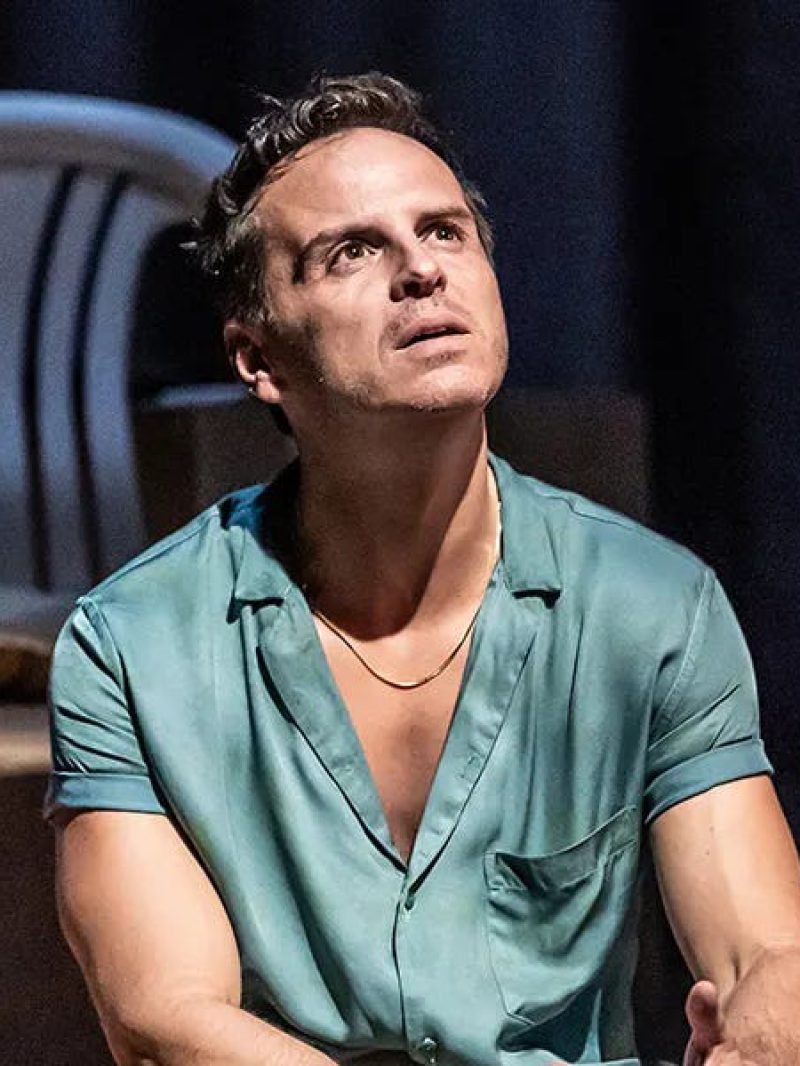 A love letter to a loaded gun
A love letter to a loaded gun Are you for real?
Are you for real?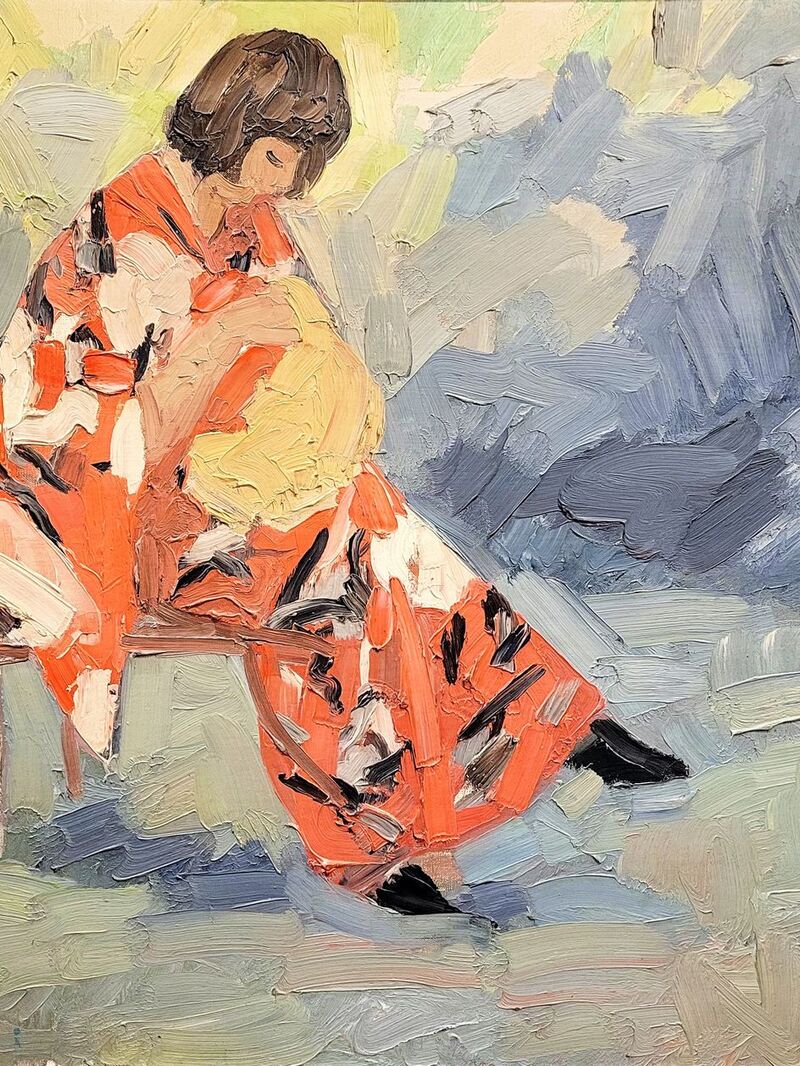 What is a good life?
What is a good life?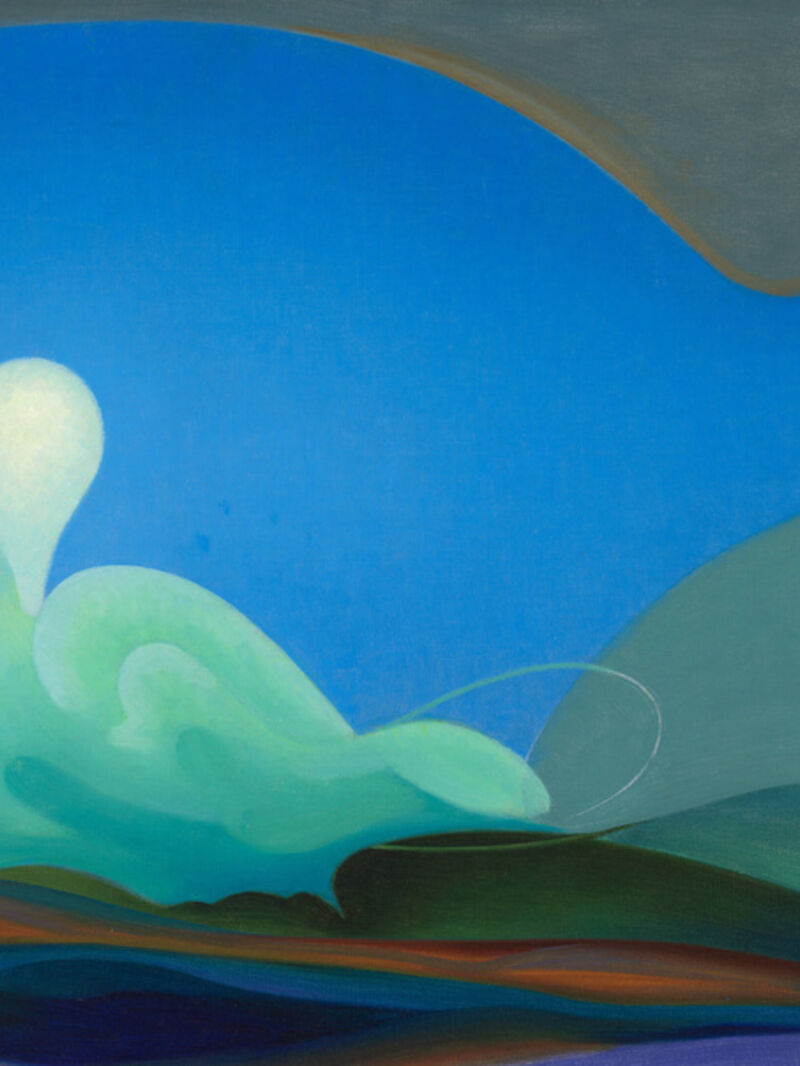 Who decides what you think?
Who decides what you think?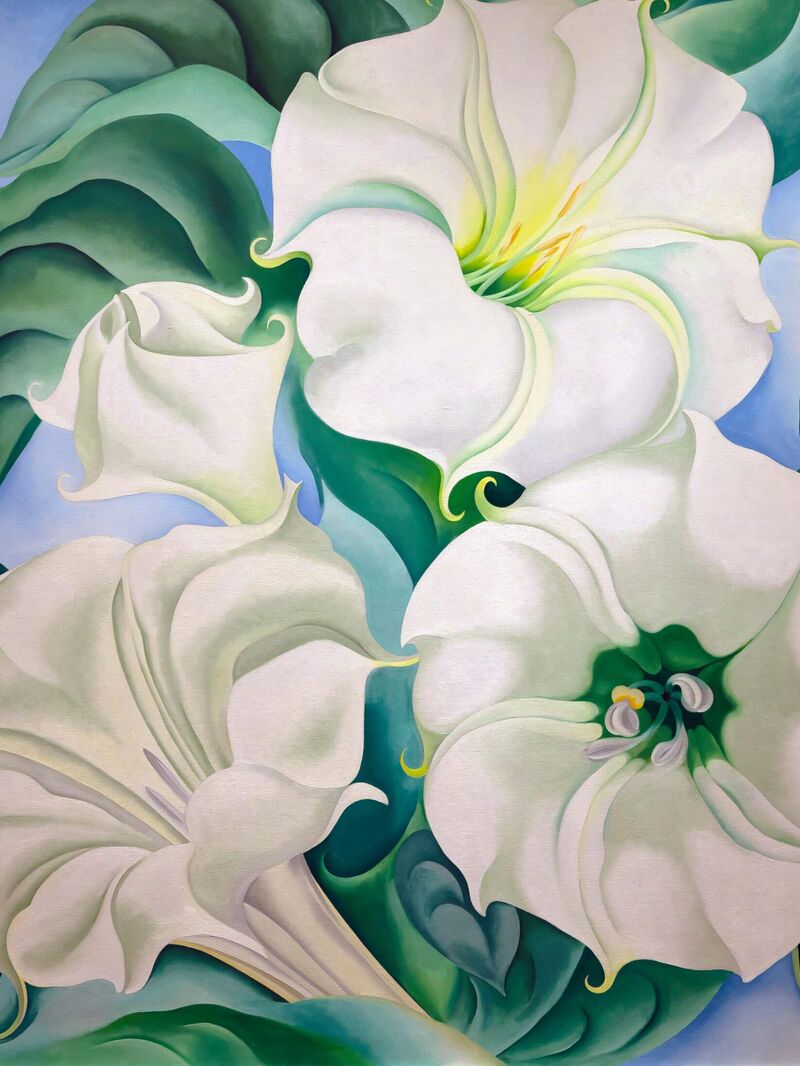 When new year should be according to history...
When new year should be according to history...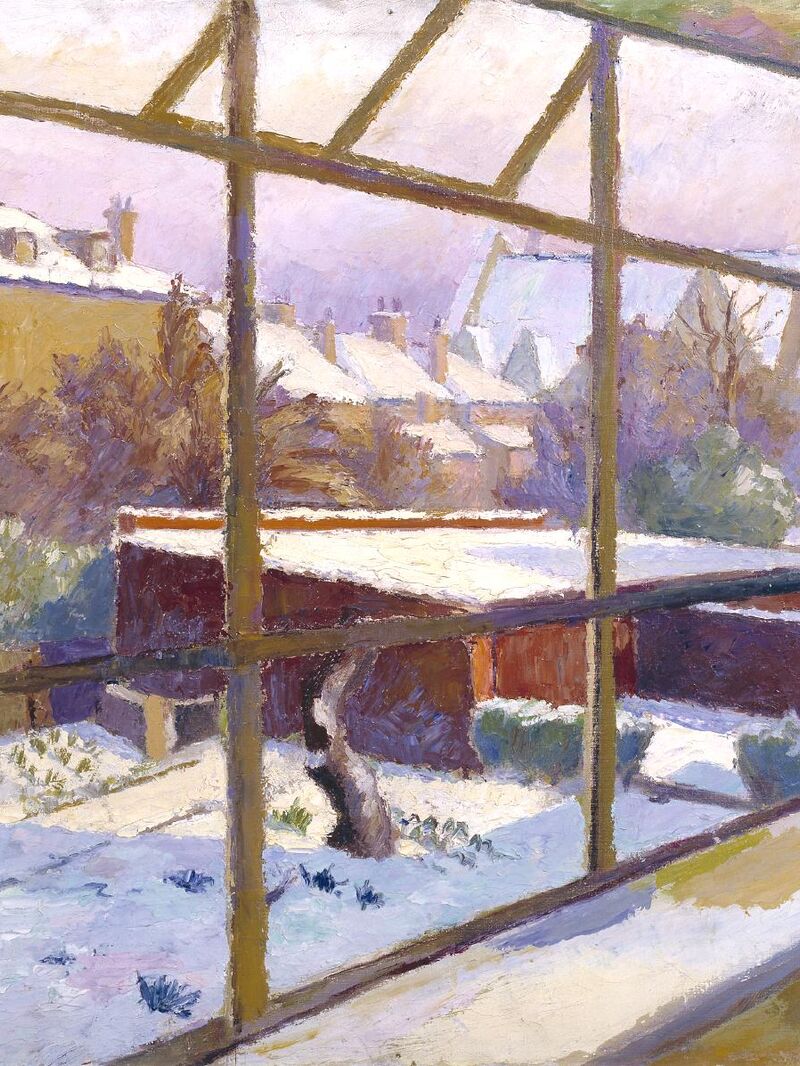 Does Mozart really make you smarter?
Does Mozart really make you smarter?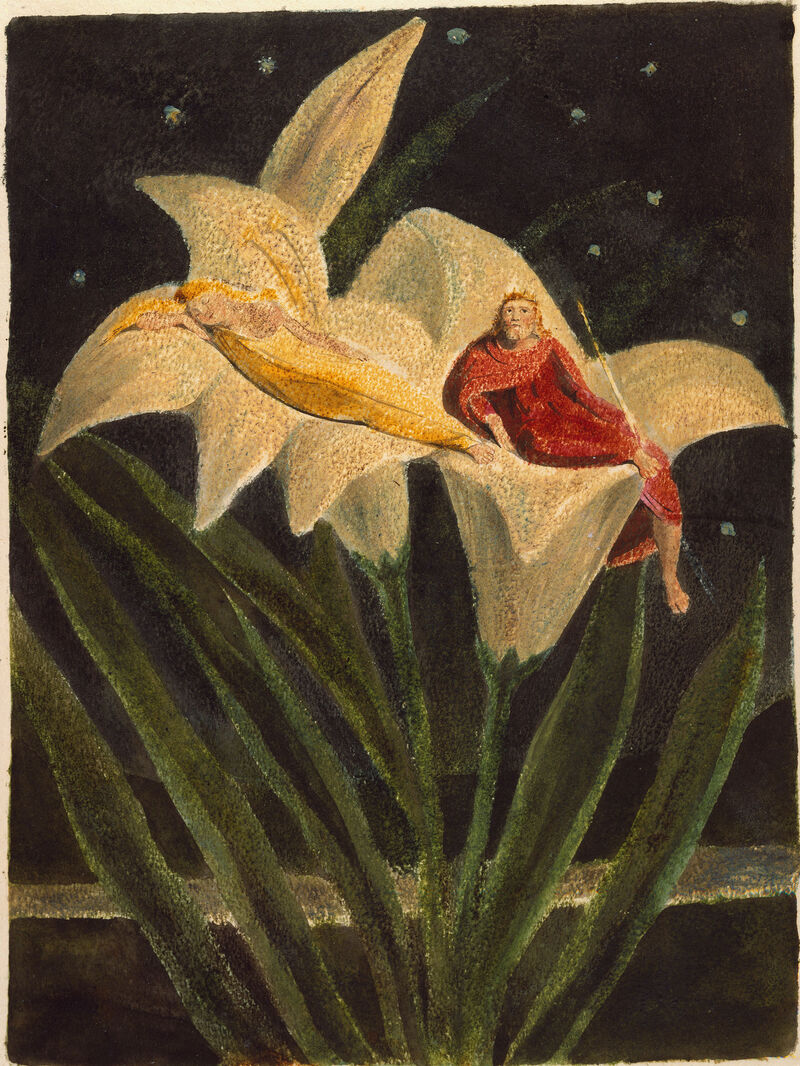 Old stories to find light in dark times
Old stories to find light in dark times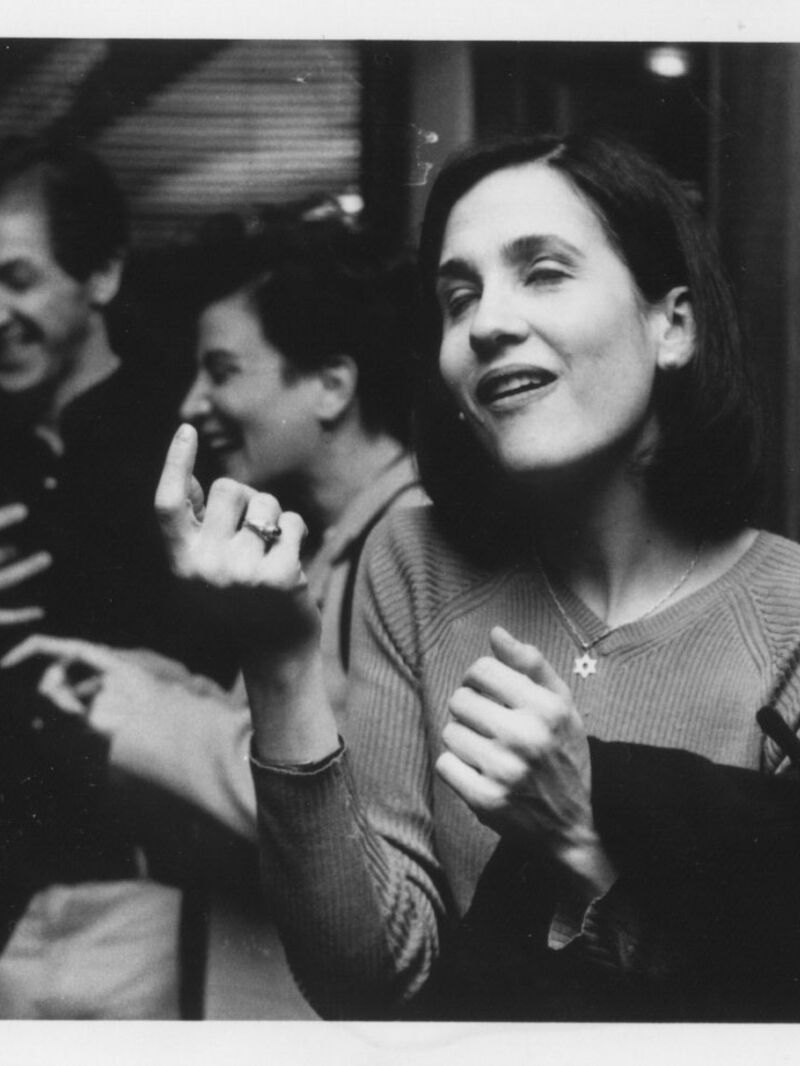 The human need to put things together
The human need to put things together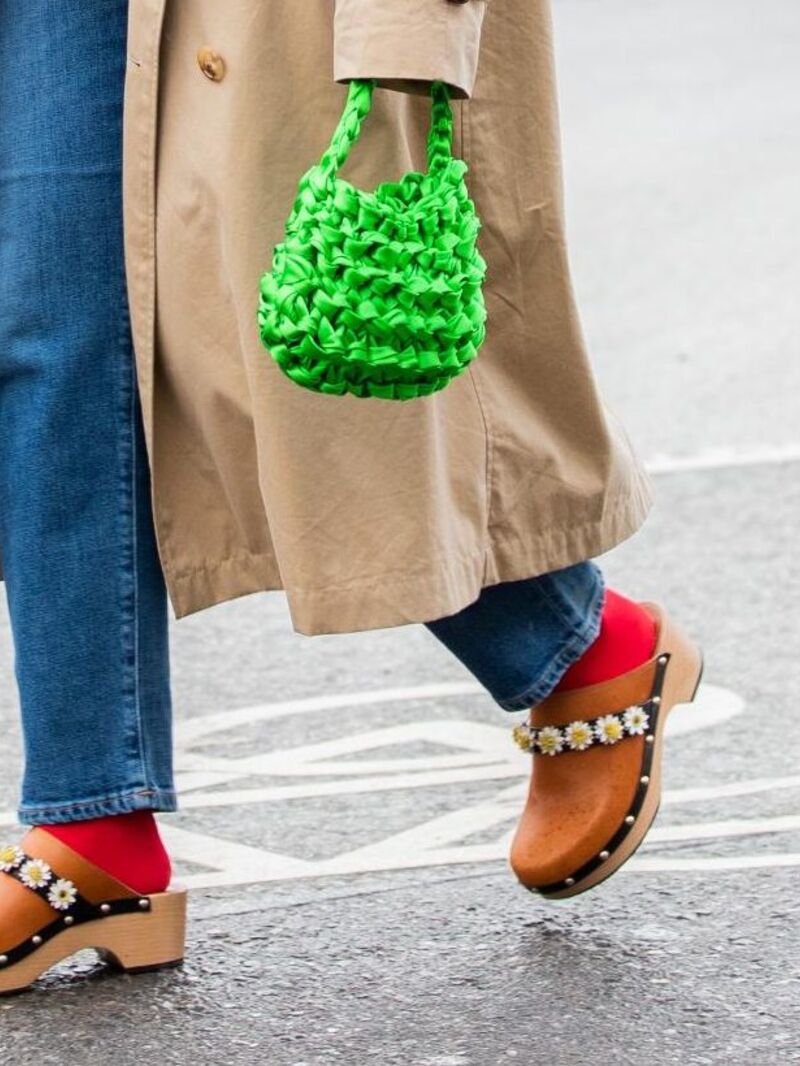 The power of trends: the good, the bad and the pumpkin-spiced.
The power of trends: the good, the bad and the pumpkin-spiced.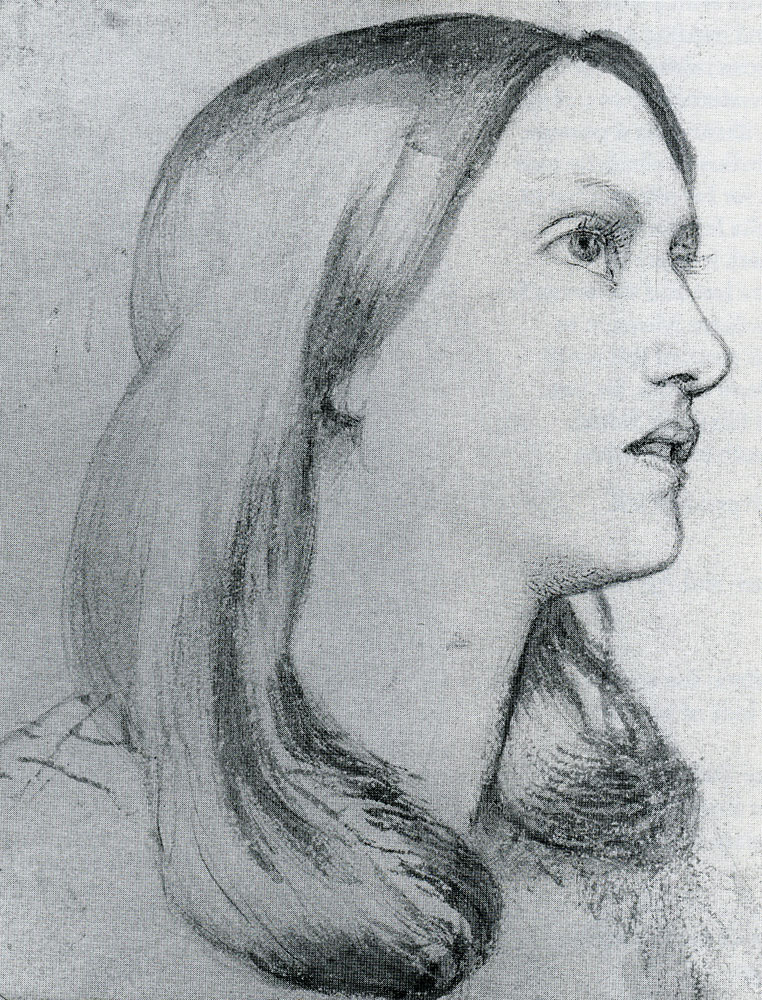 From terrestrial to celestial – where do we find inspiration?
From terrestrial to celestial – where do we find inspiration?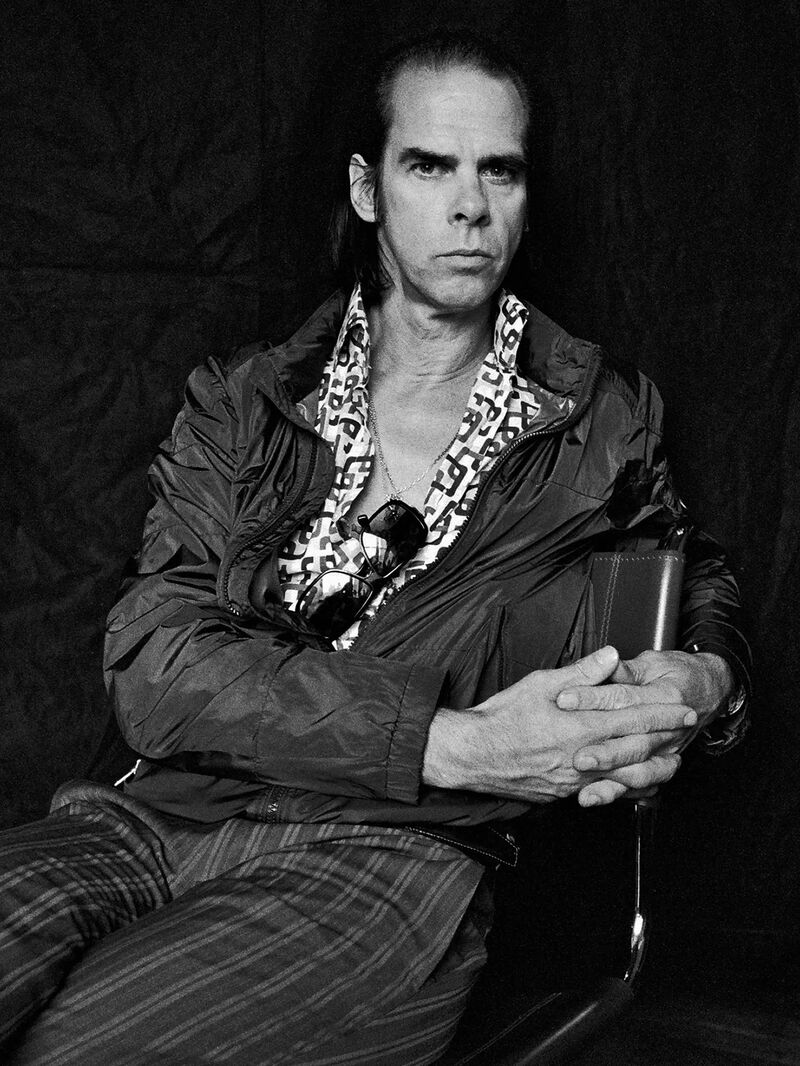 The illusion of ownership
The illusion of ownership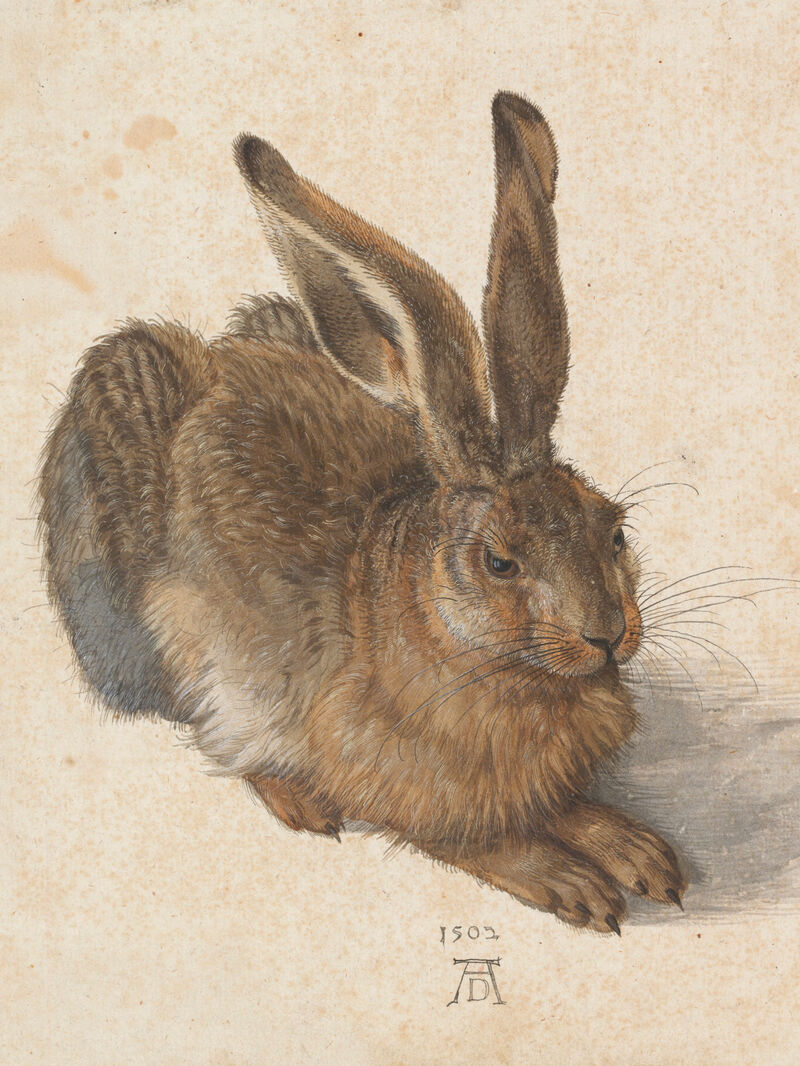 Let’s go down the rabbit hole 🐇
Let’s go down the rabbit hole 🐇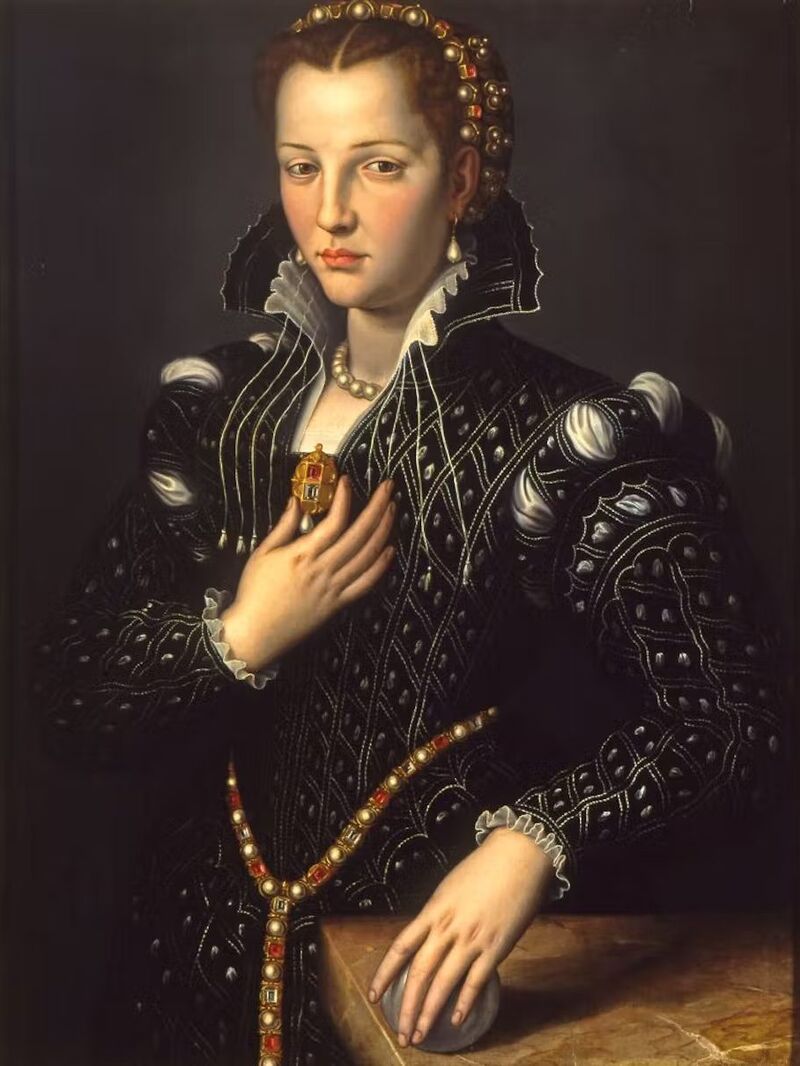 Identity, the artist, and #goblinmode
Identity, the artist, and #goblinmode Punk and her godmothers
Punk and her godmothers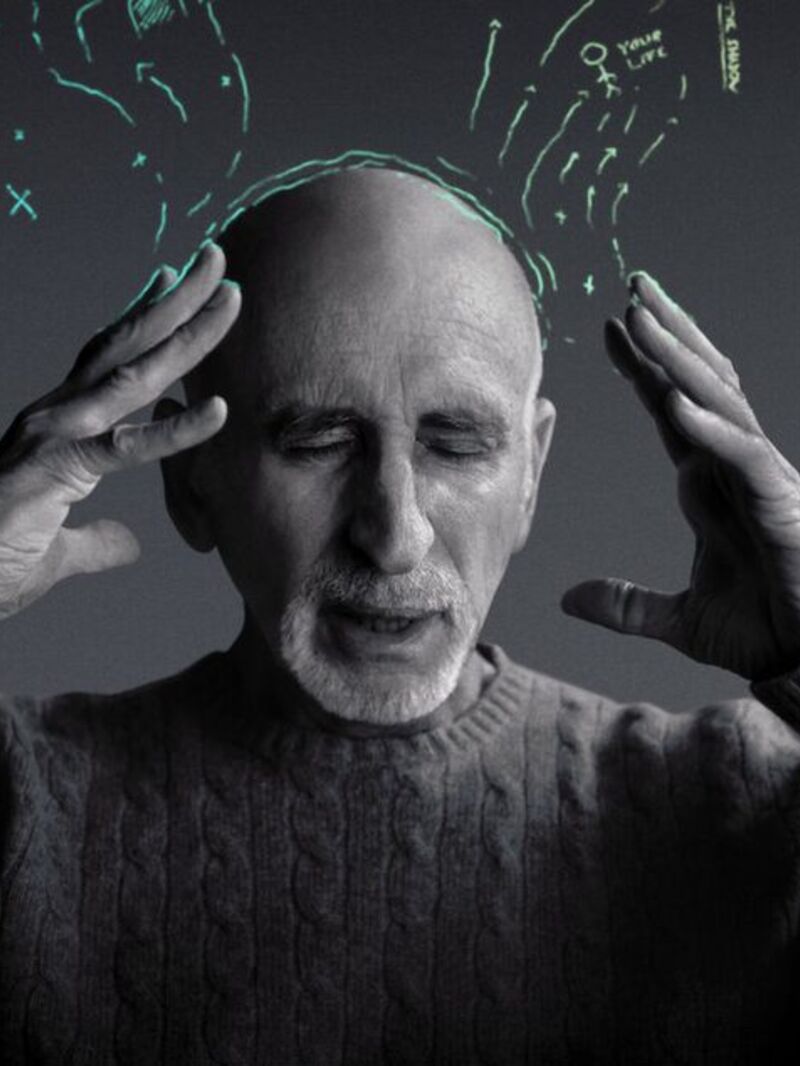 The ultimate journey – homecoming, heroes and wholeness.
The ultimate journey – homecoming, heroes and wholeness.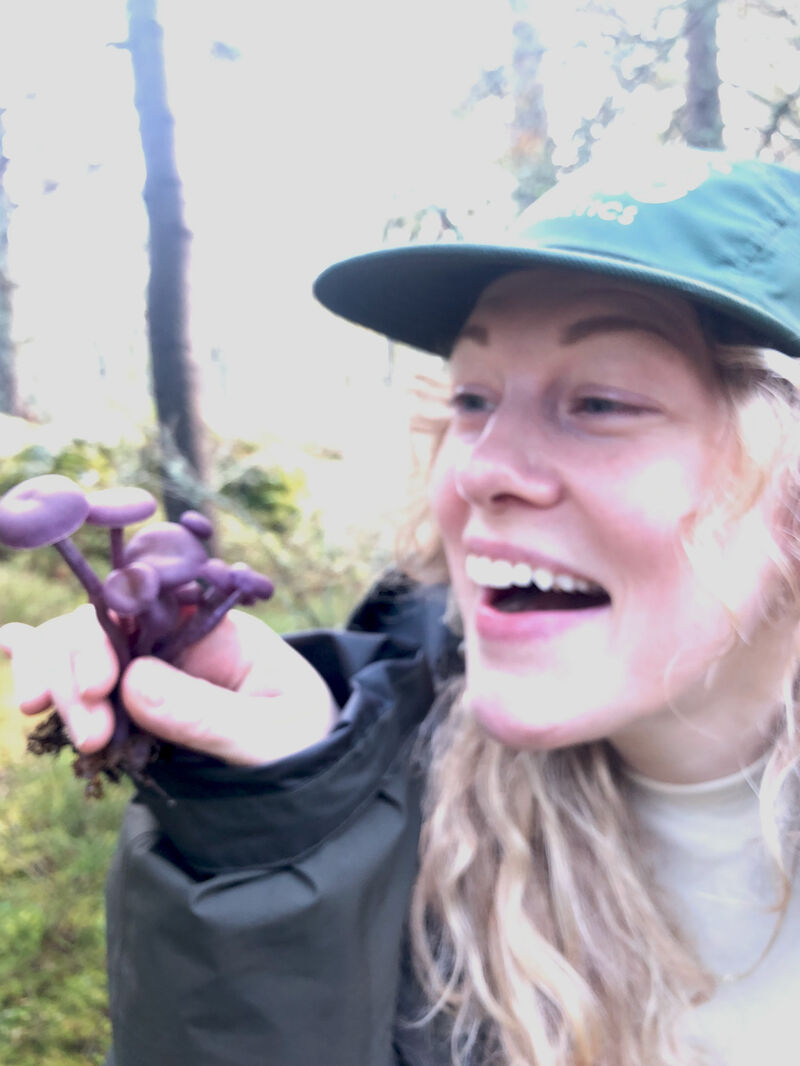 It’s mushroom month...
It’s mushroom month...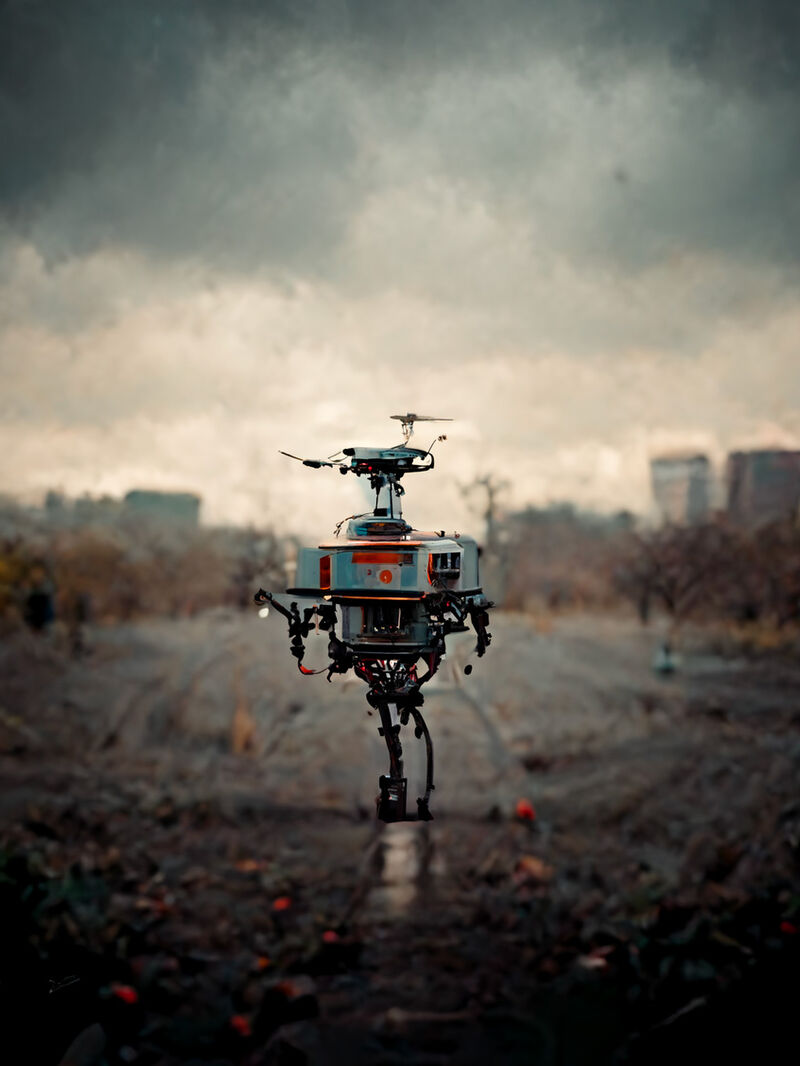 Robots, AI and artistry, oh my!
Robots, AI and artistry, oh my!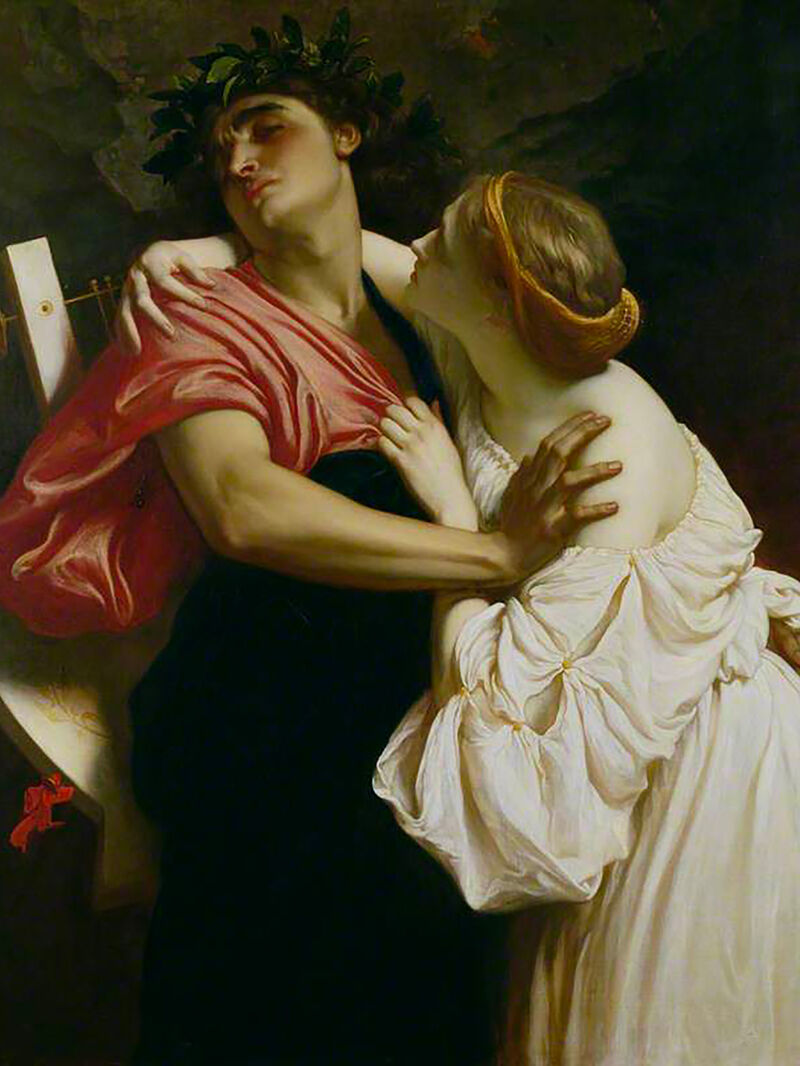 Longevity, love and memory...
Longevity, love and memory...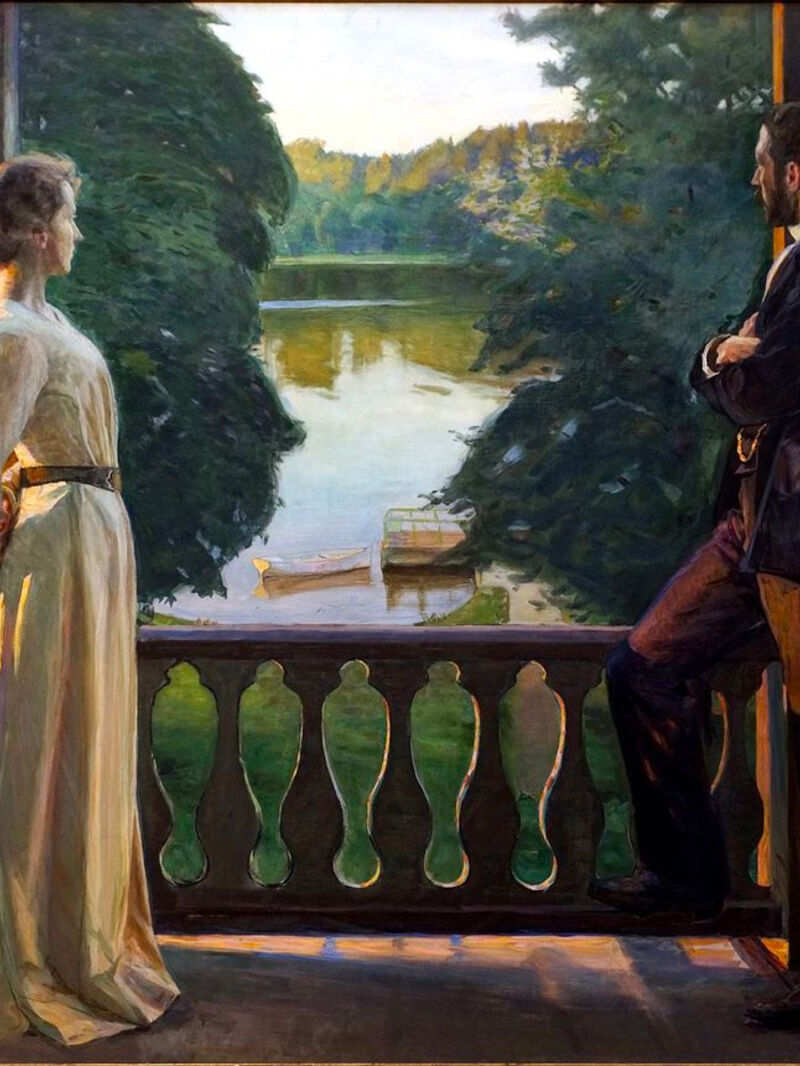 Summer, Freud and a sonnet...
Summer, Freud and a sonnet...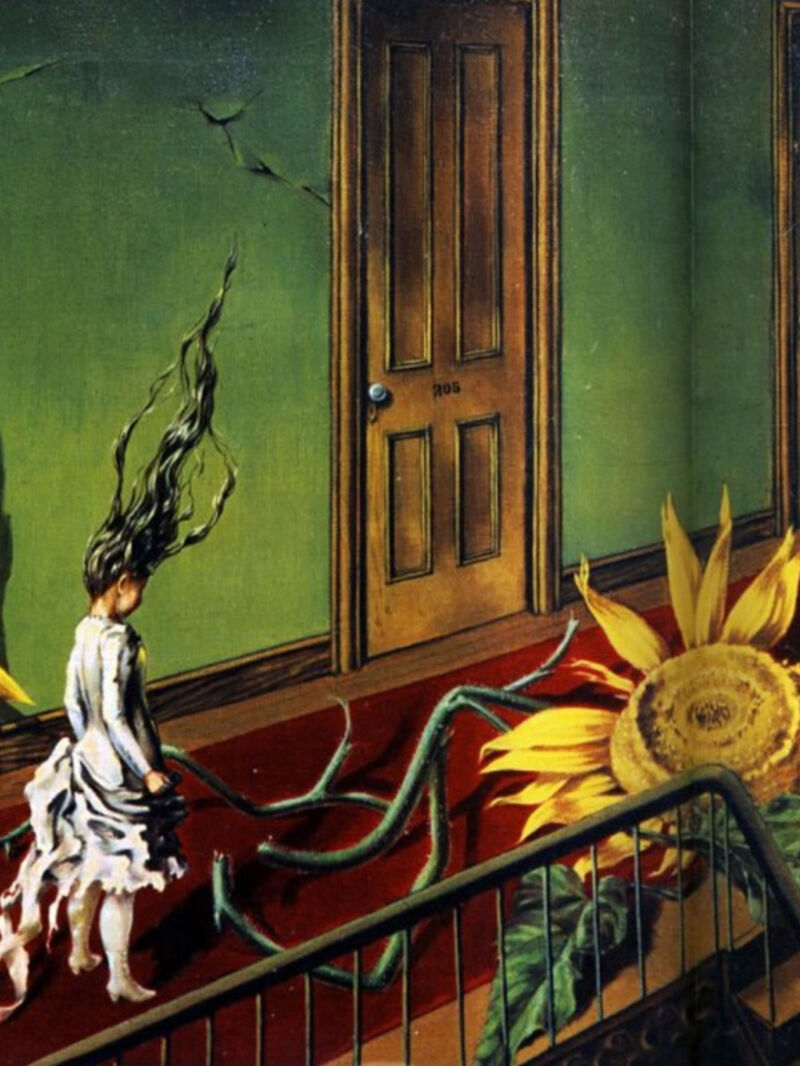 When surreal makes sense – exploring with Dorothea Tanning, Olga Tokaczuk and more...
When surreal makes sense – exploring with Dorothea Tanning, Olga Tokaczuk and more...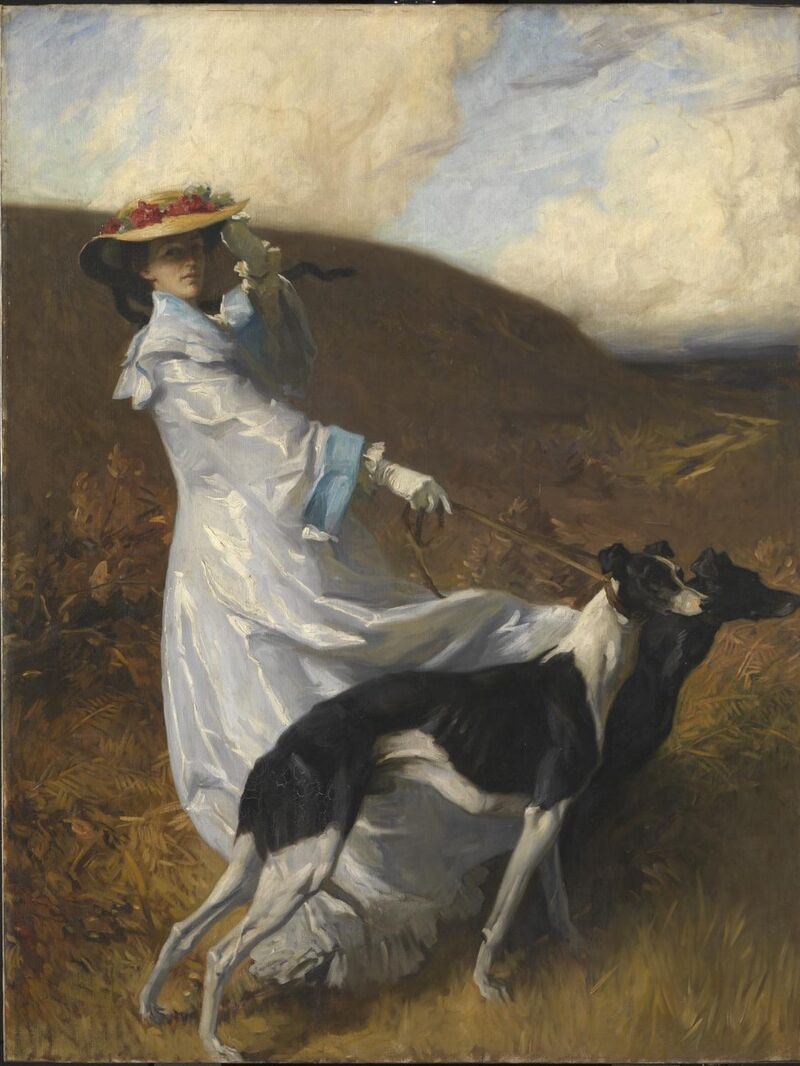 Twists and turns with Mary Oliver, Alan Watts and Astrid Lindgren...
Twists and turns with Mary Oliver, Alan Watts and Astrid Lindgren...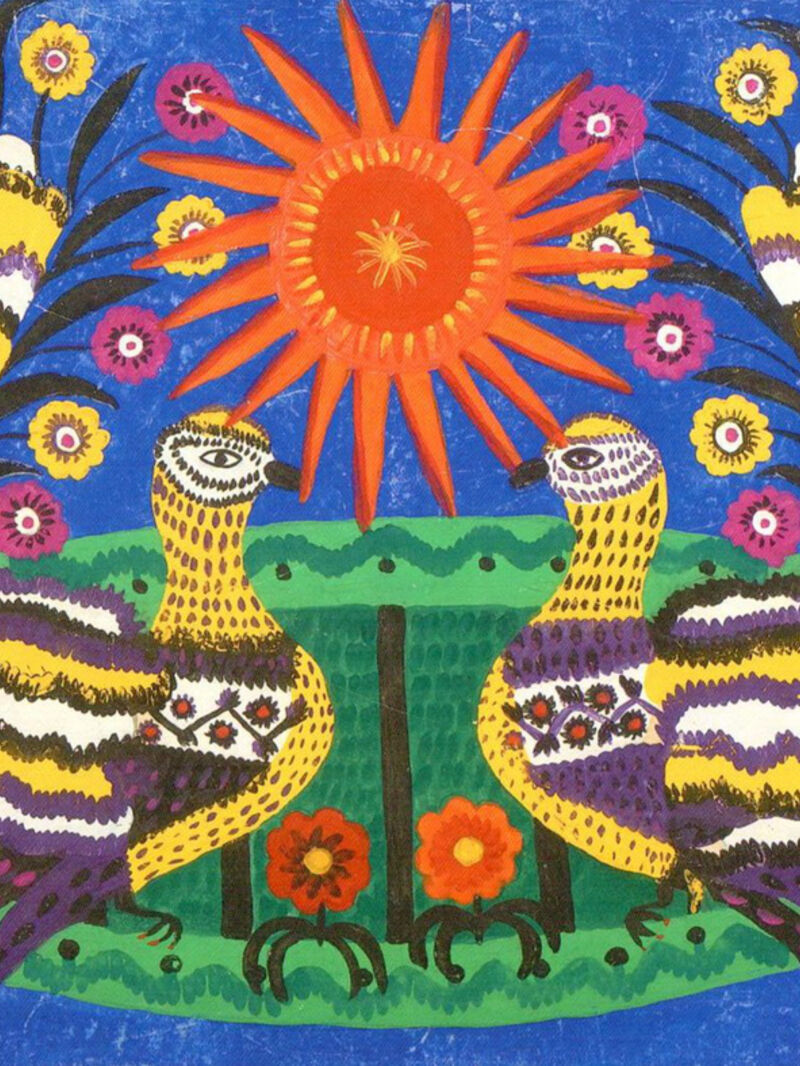 First flowers of spring: the need for beauty and hope at all times
First flowers of spring: the need for beauty and hope at all times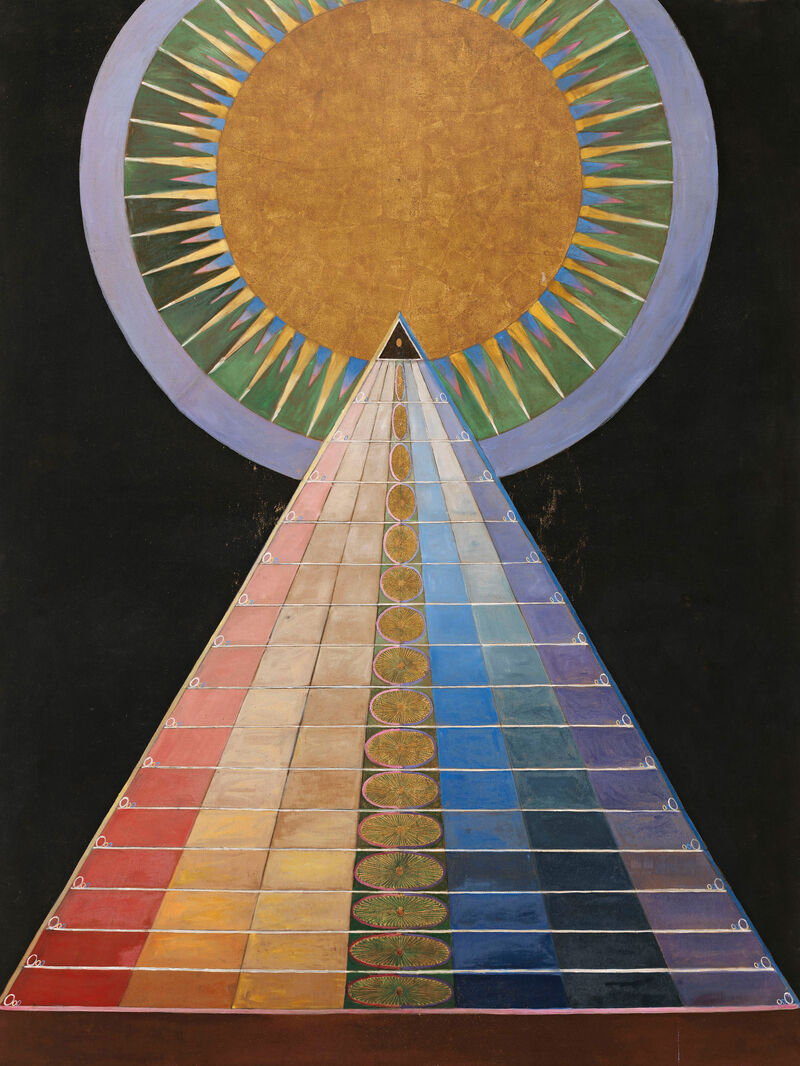 Defining reality, playing with illusion with Robert Frost, Hilma Af Kilnt and more...
Defining reality, playing with illusion with Robert Frost, Hilma Af Kilnt and more...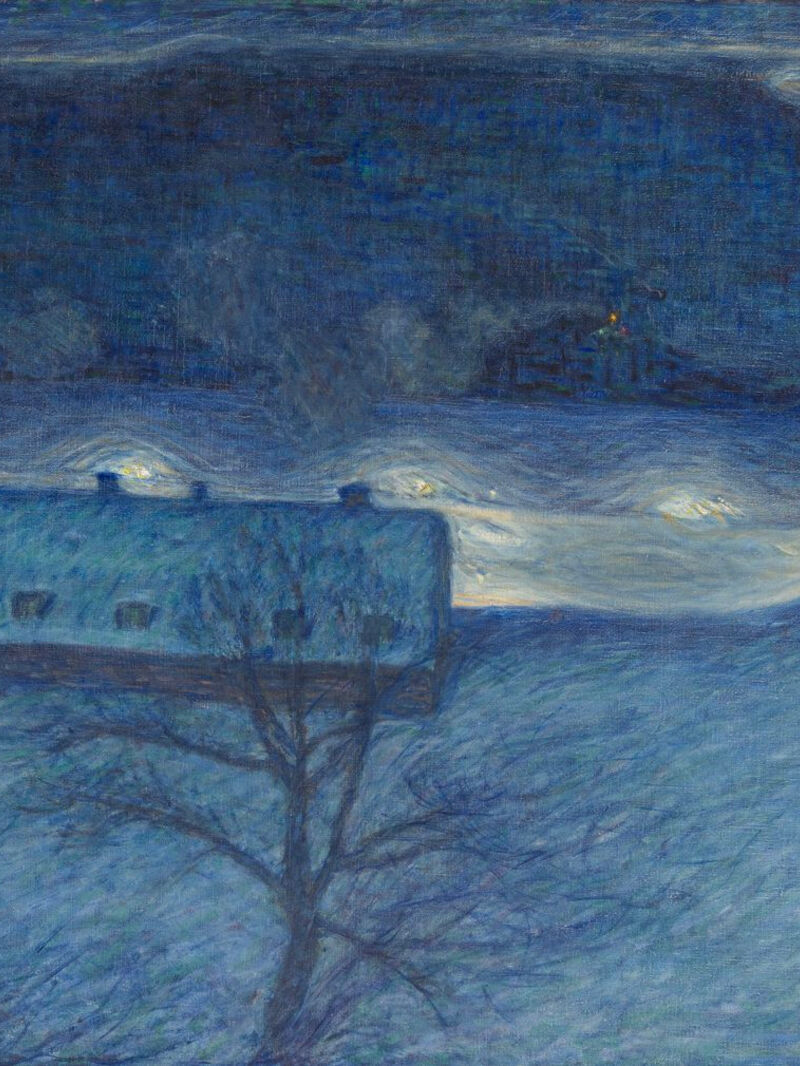 Celebrating the cycles of light and dark with Joan Didion, Danez Smith and more...
Celebrating the cycles of light and dark with Joan Didion, Danez Smith and more...